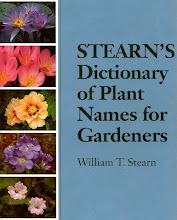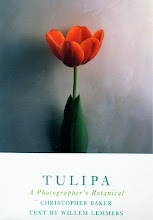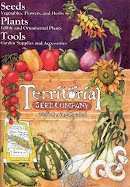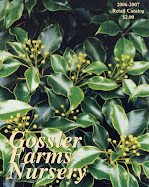Here are some common reasons why gardens fail in Seattle & everywhere else.
1. The garden was overcome by weeds.
I think this is the most common reason gardens fail. Even experienced gardeners have trouble keeping up with weeds in a newly planted space. Neophytes have no idea how much time weeding can take. You should probably be out there at least once a week, scouting for weeds & digging them out. I can’t count the number of times I have seen the remnants of a garden, completely or partially covered with weeds.
Himalayan blackberry (
Rubus discolor) is particularly vicious. But even smaller weeds like dandelion (
Taraxacum officinale) can quickly spread to cover small plants, depriving them of sunlight & causing them to die. After several years, the time spent weeding becomes less, as plants grow to shade more of the ground. Most weed seeds sprout only on ground that is exposed to sunlight. Planting spreading groundcovers will help. But you will always need to be vigilant about weeds. A fellow gardener told me that people often ask what he does to control weeds. His answer, ‘I pull them out.’
2. The garden wasn’t watered often enough during the summer.
New gardens must be watered frequently, sometimes daily, during hot weather when the soil dries quickly. This is particularly important in Seattle where it barely rains at all during the summer. Planting in the fall helps plants to establish wide-spreading roots that will help them find moisture when the soil begins to dry. Avoid planting in the late spring or summer. It is probably easier to keep plants alive in pots than in the ground. In either case, you may have to water daily. Newly planted plants should be checked & watered carefully for 2 summers. After that, once a week is usually enough, except during very hot weather. Try to select drought tolerant plants for sunny gardens.
3. Dead plants were not replaced.
I know this is bad news. But plants die all the time for no good reason. You should have a budget to replace plants that die each year. Gardens with lots of empty spaces are not very appealing. Spreading groundcovers will help to fill empty spaces. No garden should be without them. But even so, if a plant is not replaced, especially a shrub or tree, the gap in your garden will be obvious.
4. The garden was poorly planned.
Take the time to plan your garden. Many people make the mistake of using plants that are not appropriate for the site. Plants that prefer shade are planted in full sun. Plants that need sun are planted in shade. These plants don’t always die. But they seldom look robust & often look sickly. Do the research. This also goes for the size of plants, which is very often under-estimated. The tags on plants usually give the size in 5 to 10 years. Many plants get much larger than the size indicated on the tag. When plants get too large they crowd out other plants, grow onto paths & sidewalks, cover windows, press against the eaves of the house. While that is bad enough, it often leads to even worse, which is bad pruning. Many shrubs & trees do not look good when heavily pruned. The natural form of the plant is as important as the foliage & the flowers.
5. Shrubs & trees were pruned badly, or not pruned at all.
There are 2 problems I see all the time. The 1st is bad pruning. In many cases the plant will never recover its natural beauty. It really does not look good when every shrub in the garden is sheared into a ball. And yet, you see it again & again. Many ‘professional’ gardeners can’t do anything else. There are many other ways to prune badly, leaving plants looking hacked. Learn how to do it right. There are plenty of books & websites that will show you how. Try
The Hillier Gardener's Guide to Trees & Shrubs edited by John Kelly or the
Sunset Western Garden Book. Hire gardeners & arborists with good references. In Seattle, contact
Plant Amnesty to get the names of professionals who know how to prune, or find classes on pruning. The 2nd problem comes when no pruning is done at all. The result is a jumble of shrubs & trees with awkward shapes & broken branches. Nearly everything should be pruned, just not too much. It takes time, education & experience to get it right.
6. The garden was unloved by its owner.
If everything above has happened to your garden, who would blame you? But there is something more subtle that can lead to a negative attitude about your garden. Don’t keep plants you don’t like. I’ve heard this said many times, ‘I don’t really like that plant, but it’s green & I don’t know what I would replace it with.’ Or they don’t want to spend the money to replace it. Or they don’t want to go to that much trouble. But how can you expect to be happy with a garden filled with plants you don’t like? Get rid of them! Fill your garden with plants you love.

















































































